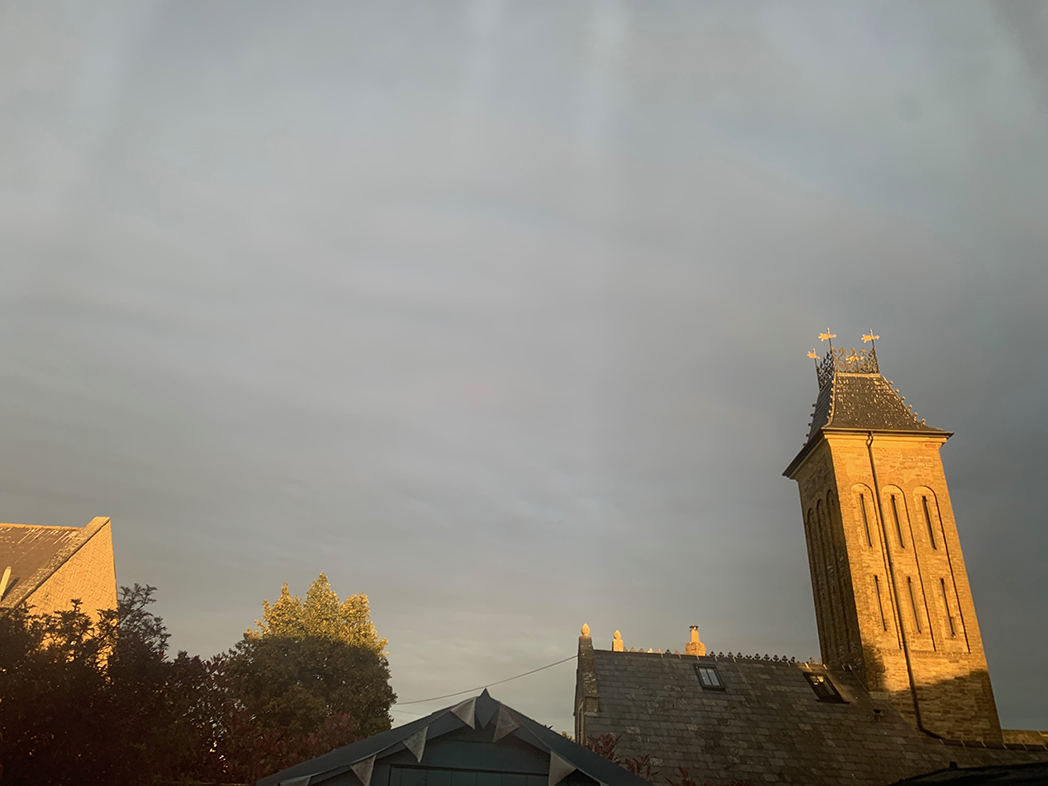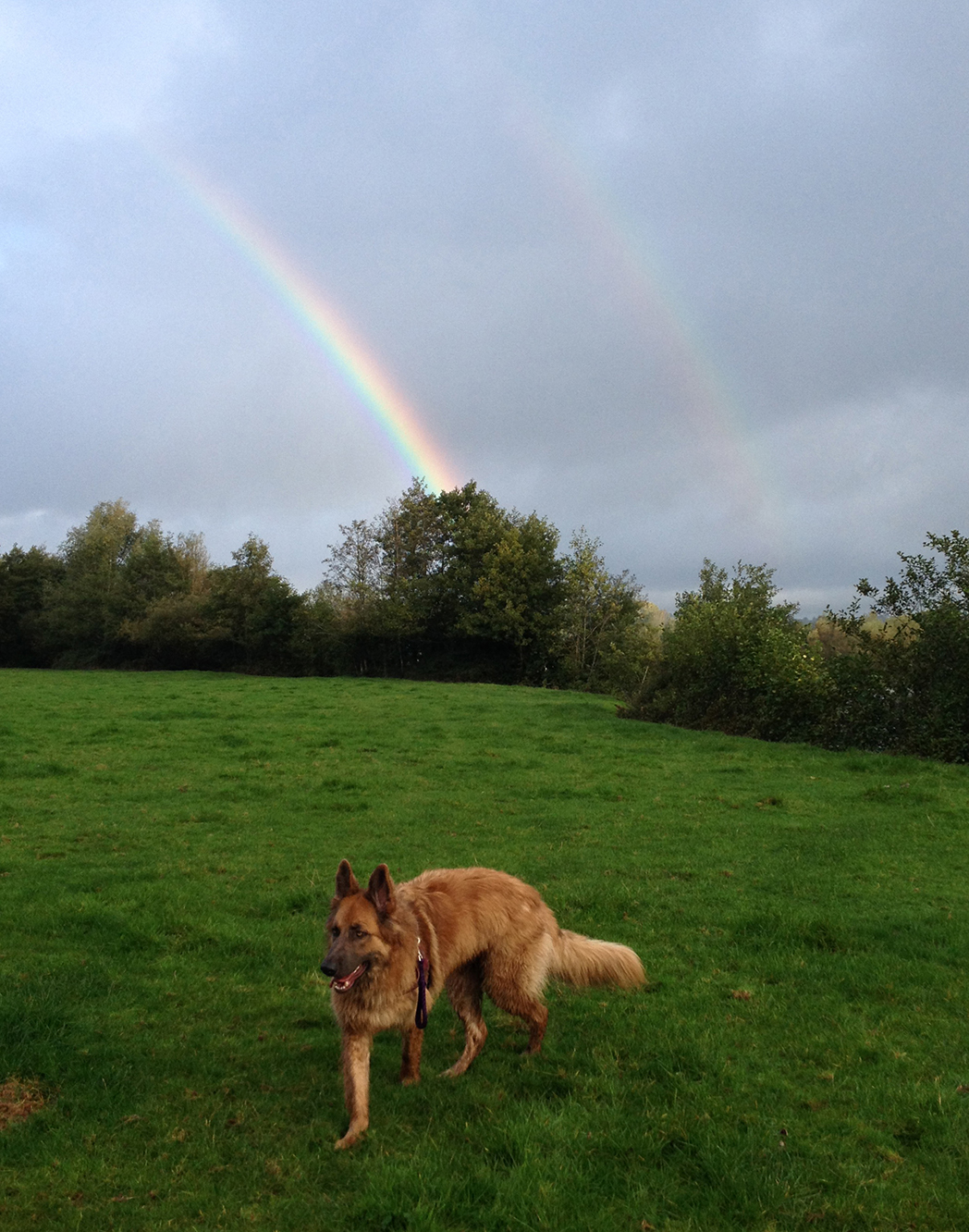
As with many theories, there can be a ‘folk’ explanation, or an ‘academic’ explanation. Academia comes with words like ‘epistemic’, ‘ontology’, ‘heuristic’, whatever [not that last one, that’s me], and ‘folk’ knowledge often in a pithy phrase: ‘a stitch in time saves nine.’ My theory of Safe Spaces in the mind evolves from an academic analysis of what happens when we read a novel, called Text World Theory. I blend this (for any aspiring academics out there, that’s a pun) with a description of how the mind works to create new ideas, called ‘blending‘ [The Way We Think, 1980]. There are also real world, physical, ‘safe spaces’, often called sanctuaries. Shepherding the Mind is grounded in creating sanctuaries in our own minds, especially when under duress. For StM, the focus is when duress is created by the very mind we seek sanctuary from, our own; where as sanctuary can often be found by seeking counselling, leaning on a wise relative, bouncing off a mate down the pub, StM seeks to provide tools for Do-it-Yourself.
So, Safe Spaces can be external, out there like a place or a building, an environment; or internal, of the mind. I come from South Wales. The national stadium is often referred to as the ‘cathedral’ of rugby. The journey to a home match, a ‘pilgrimage.’ A rugby (or football) fan can go to a match and loose themselves in the crowd, being a version of themselves they can’t be in ‘normal’ life. Likewise the pub, a cinema, music, a walk in the park. Reading a book. These are places, or states of mind, where we feel comfortable, at ease, safe. We don’t have to ‘work’ at it. When we go to school we automatically act like a pupil, we don’t have to ‘work’ at it, think about it. At hospital, like a patient, or nurse, porter whatever. (This article discusses Michel Foucault’s Of Other Places, and his idea of heterotopic spaces, eg schools, prisons, if you’ve got the stomach for it.) A Safe Space is my evolution of that.
This is not the place for academic technical terms. My theory of, and for creating, ‘Safe Spaces’ in the mind is quite technical. If you want to know more, track my Post-Doc work which lives in the notion of ‘Cognitive Poetics‘, cognition, not psychology. How we get to those places is for the next page (pilgrimages). In short, I look at a ‘pilgrimage’ as a journey to a safe space. Either physical, movement through a landscape, or in the mind, imagination. This steps outside of the strictly religious connotation.
But, and ‘hello Houston, there’s a problem’, the metrics and measures of success aren’t straight-forward. I can show what happens in my own head, explain how it works cognitively (for me), but I don’t know how your mind works, the different and often conflicting circumstances of your life. I can teach you the quiz answer that the capital of England is London; try and transport you there in your mind by description in a text world, or by voice in a podcast, but I can’t live there for you. I can explain the mechanics of a cryptic crossword clue — how to spot the cues indicating a likely anagram — but the actual content of the clue and number of letters for the answer changes day to day, with different compilers. Winston Churchill said I love to learn, but hate to be taught. You take the theory, apply it in your own context then practice your version of the theory every day (if you want to get good at it).
There are two more mental processes I recommend taking the time to think about and learn. I used to be a very angry person. Driven by resentment, a feeling of being misunderstood, unfairness. Hopelessly shy and insecure as a kid. The shyness can be hidden or disguised, like a secret, but that often leads to resentments. I learnt, or taught myself, two thinkings on the back of my relationship with a dog. I call them the Watcher and the Catcher. I leant to be able to ‘spot’ any anger or frustration as it was beginning when with the dog and his ‘unreasonable’ [to me] behaviours occurred and then to catch the negative emotions early and throw them ‘in the bin.’ Having examined what goes on reflexively, I could then transfer the watching and catching to other areas of my life. How to do that is the DNA of Shepherding the Mind.
I’ve spent most of my life distant, detached. Emotions and feelings stay under-wraps (until they pressure-cooker explode, usually fuelled by alcohol). Never asking for help, refusing it if offered. No possible way I’d see a counsellor when in trouble. Play up, play up, and play the game. Stiff upper lip, taught endemically at 70s Boarding schools from the age of 8. Shepherding the Mind is about reaching unreachable people. More accurately, showing unreachable people how to reach themselves. I, first through a dog then through reflexivity, have managed to do it with me. StM is about how you can, if you don’t have a dog. The idea is to create muscle memory during times you don’t need it that kick in automatically when you do.
It took me seven relationships with women, over sixty years, then one with my dog Zen, and three diseases architected to kill me, to realise I’ll only find purpose by looking within, not without. From now, for the days I have left, the plan is to teach how to do that, by changing the inner voice that patrols our heads. If by doing that, I can keep only one person alive, let alone a generation, my work here is done.

